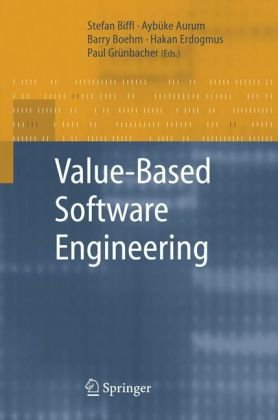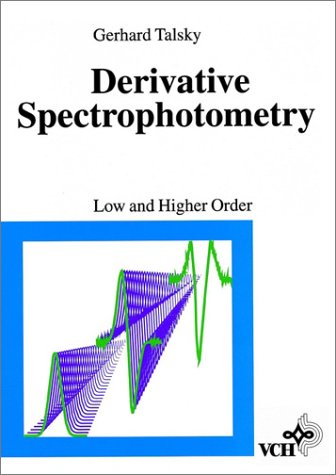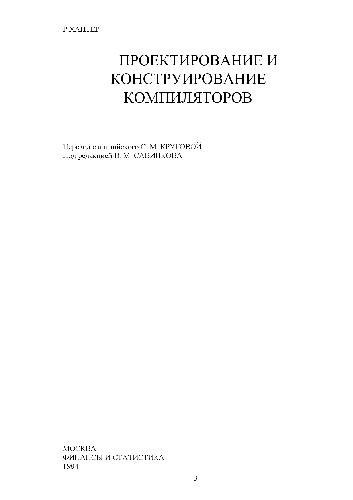Stefan Biffl, Aybuke Aurum, Barry Boehm, Hakan Erdogmus, Paul Grünbacher9783540259930, 3-540-25993-7
Table of contents :
Table of Contents……Page 14
Foreword……Page 5
Preface……Page 8
List of Contributors……Page 18
Part 1 Foundations and Frameworks……Page 22
1.1 Overview and Rationale……Page 24
1.2 Background and Agenda……Page 28
1.3 A Global Road Map for Realizing VBSE Benefits……Page 31
1.4 Summary and Conclusions……Page 32
2.1 Introduction……Page 36
2.2 A “4+1” Theory of Value-Based Software Engineering……Page 39
2.3 Using and Testing the VBSE Theory: Process Framework and Example……Page 44
2.4 VBSE Theory Evaluation……Page 52
2.5 Conclusions and Areas for Further Research……Page 54
3.1 Introduction……Page 59
3.2 Issues in Valuation……Page 60
3.3 Valuation of Uncertain Projects with Decision Trees……Page 65
3.4 Real Options Theory……Page 72
3.5 Summary and Discussion……Page 80
4.1 Introduction……Page 87
4.2 Decisions with Multiple Criteria and Software Engineering……Page 89
4.3 Multicriteria Decision Methods……Page 91
4.4 Incomplete Information and Sensitivity Analysis……Page 102
4.5 Summary and Conclusions……Page 104
5.1 Introduction……Page 110
5.3 The Time Value of Money……Page 111
5.4 Financial Risk……Page 113
5.5 Prediction and the Value of the Firm……Page 114
5.7 The Economic Cost of Extended Time-to-Market……Page 115
5.8 Financial Risk and Software Projects……Page 116
5.9 Predictability and Process Improvement……Page 118
5.10 Arriving at a Risk Premium for Software Projects……Page 119
5.11 Computing the Financial Value of Improved Predictability……Page 120
5.12 An Illustrative Example……Page 121
5.13 Conclusions……Page 122
Part 2 Practices……Page 125
6.1 Benefits Realization Analysis……Page 127
6.2 Stakeholder Value Proposition Elicitation and Reconciliation……Page 129
6.3 Business Case Analysis……Page 131
6.4 Continuous Risk and Opportunity Management……Page 132
6.5 Concurrent System and Software Engineering……Page 135
6.6 Value-Based Monitoring and Control……Page 137
6.7 Change as Opportunity……Page 140
6.8 Integrating Ethical Considerations into Software Engineering Practice……Page 142
6.9 Getting Started Toward VBSE……Page 146
7.1 Introduction……Page 151
7.2 Negotiation Challenges……Page 152
7.3 The EasyWinWin Requirements Negotiation Support……Page 156
7.4 Possible Extensions to the EasyWinWin Approach……Page 165
7.5 Conclusions……Page 169
8.1 Introduction……Page 173
8.2 Models of Measurement and Decision Making……Page 174
8.3 Decision Making Behavior……Page 180
8.4 Decision Making Behavior in Groups……Page 184
8.5 Measurement and Analysis for Decision Making……Page 185
8.6 Decision Support in a VBSE Framework……Page 188
8.7 Conclusion……Page 191
9.1 Introduction……Page 196
9.2 Background……Page 198
9.3 Research Approach……Page 202
9.4 Survey Results and Analysis……Page 206
9.5 Conclusions and Further Work……Page 213
10.1 Introduction……Page 218
10.2 Usability Testing……Page 220
10.3 Collaboration Tools and Techniques for Usability Testing……Page 222
10.4 Research Approach……Page 225
10.5 The e-CUP process……Page 227
10.6 Application of e-CUP……Page 230
10.7 Conclusion……Page 234
11.1 Introduction……Page 241
11.2 Taking a Value-Based Perspective on Testing……Page 242
11.3 Practices Supporting Value-Based Testing……Page 249
11.4 A Framework for Value-Based Test Management……Page 252
11.5 Conclusion and Outlook……Page 257
Part 3 Applications……Page 261
12.1 Introduction……Page 262
12.2 Background……Page 263
12.3 Value-Based Release Planning……Page 266
12.4 Example……Page 270
12.5 Conclusions and Future Work……Page 273
13.1 Introduction……Page 277
13.2 Software Process Simulation……Page 280
13.3 SPS-Based Risk Analysis Procedure……Page 283
13.4 Case Example……Page 285
13.5 Discussion and Future Work……Page 292
14.1 Introduction……Page 301
14.2 Video-on-Demand Case Study……Page 304
14.3 Testing-Based Trace Analysis……Page 307
14.4 Trace Analysis through Commonality……Page 313
14.5 The Tailorable Factors……Page 316
14.6 Conclusions……Page 320
15.1 Introduction……Page 323
15.2 Managing Knowledge……Page 324
15.3 Example: Postmortem Review and Process Workshop……Page 327
15.4 Discussion……Page 332
15.5 Conclusion and Further Work……Page 336
16.1 Introduction……Page 340
16.2 Background……Page 342
16.3 Applications……Page 343
16.4 Impact Assessment Methodology……Page 348
16.5 Results……Page 351
16.7 Discussion……Page 354
17.1 Introduction……Page 358
17.2 Software Intellectual Property Protection Mechanisms……Page 359
17.3 Licensing……Page 362
17.4 Valuation Process……Page 363
17.5 Valuation Framework for Intellectual Property……Page 369
17.7 Future Shock……Page 376
17.8 Summary and Conclusions……Page 377
B……Page 380
C……Page 381
D……Page 382
F……Page 384
I……Page 385
N……Page 386
P……Page 387
R……Page 388
S……Page 389
T……Page 390
V……Page 391
List of Figures……Page 393
List of Tables……Page 395
D……Page 396
R……Page 397
V……Page 398
W……Page 399







Reviews
There are no reviews yet.